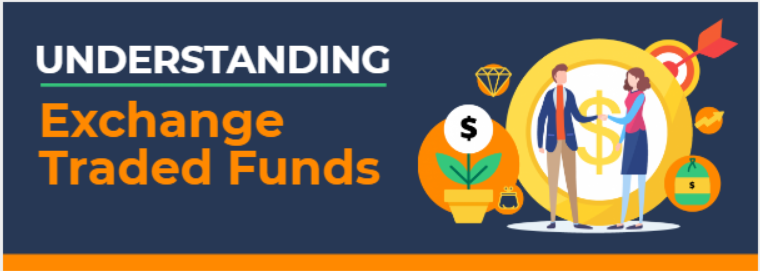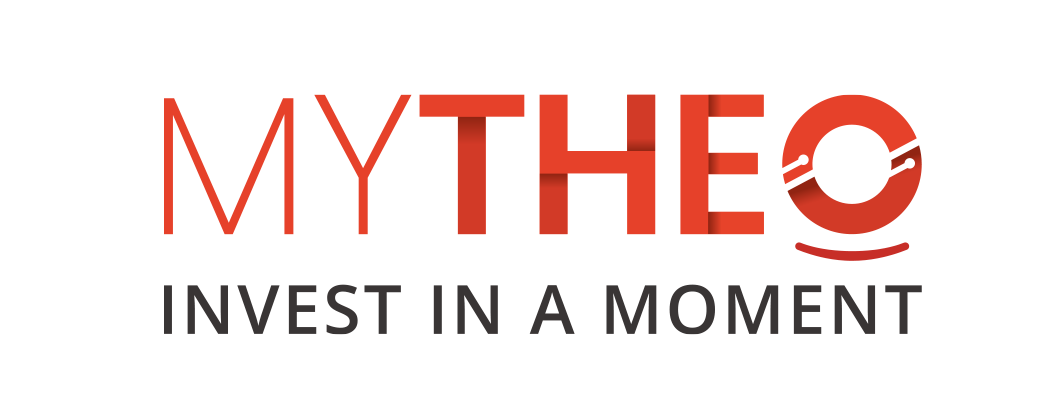Wednesday, 24 July 2019
Written by Amirudin Hamid, Portfolio Manager of GAX MD
Exchange-traded Funds (ETFs) are open-ended funds that are traded on a stock exchange like ordinary shares. An ETF usually tracks or is linked to a particular country, sector or asset class index. For example, i-Share MSCI Malaysia ETF tracks the performance of the MSCI Malaysia Index which consists of the forty-five (45) most liquid stocks on Bursa Malaysia. Blackrock is the issuer of i-Share MSCI Malaysia ETF and is listed on the New York Stock Exchange (“NYSE”).

Large multi-national financial institutions such as Blackrock, Vanguard, State Street, Investco and Bernstein are the leading issuers of ETFs.
Due to its popularity, ETFs (Exchange-Traded Funds) are deemed as "one of the biggest inventions in the 20th century in financial products". Currently, there are approximately 6,000 types of ETFs that are listed on stock exchanges globally and widely used by both institutional or individual investors.
There are many variations of ETFs available in the market. The earlier version of ETFs were mostly designed to replicate the content of the Index such as country or sector Index. But due to the rising demand from investors, the ETFs got more complicated, more innovative ETFs are introduced to the market such as Smart Beta ETF, Leverage ETF and Inverse ETF.
The Benefits of Investing in ETFs
Through ETFs, it is possible to invest practically in any type of instrument globally including stocks, bonds, REITs (“Real Estates Investment Trusts”) or commodities at a fraction of the cost of investing directly. Due to its diversity and deep liquidity, ETF is always a perfect instrument to build an efficient portfolio.
Cost is the most significant factor behind the popularity of ETFs as compared to trust fund schemes. An ETF is designed to track an index and is passively managed. Therefore, it always incurs lesser administrative costs than actively managed funds. For comparison, administrative costs of holding an ETF is very low, as opposed to over 1.5% to 1.8% of annual management fee charged for unit trust funds in Malaysia. There is further cost savings, as there is no upfront fees charged for any purchase of ETFs.
ETFs can be created virtually to invest in any asset classes including stocks, bonds, REITs and commodities. In essence, investors can construct a well-diversified portfolio by simply investing in ETFs with different underlying assets. The real beauty of investing in ETFs is that a single investment in an ETF itself is equivalent to investing in a portfolio with a basket of stocks. Any extreme movement of the stocks inside the ETFs will be diluted and carry little impact on one’s overall investment. For example, i-Share MSCI Malaysia ETF invested in forty-five (45) stocks in Bursa Malaysia. Any sharp decline in share prices of any particular stock is easily absorbed by the movement of other stocks inside the portfolio. In short, by investing in a single ETF, the investors already reap the benefits of diversification that makes his investment less volatile.
The Risks Associated with Investing in ETFs
On the risk perspective, ETFs are just like common trust funds. Risks that affect any trust fund will also affect ETFs, such as changes in economic, political and financial climate. Therefore, the value of ETFs are expected to decline in the adverse market conditions in tandem with the fall of the index in which it is trying to replicate.
The pricing of ETFs may not entirely reflect the value of its underlying asset, but the correlation between the two values do remain most of the time. Therefore, the ETFs are also assuming any risks associated with its underlying assets. Thus, ETFs that invest in Bonds and over-the-counter (“OTC”) derivative are also exposed to credit risks and counter-party risks. Any loss to bond or derivative value due the failure of issuers meeting their obligations will instantly affect the price of ETFs.
ETF Price and Net Asset Value per Unit
The Net Asset Value (“NAV”) is the market value of the underlying investment based on the latest closing price plus the dividend and the interest income received after subtracting the expenses such management and trust fees. The manager of trust funds calculates and publishes the NAV for the fund in the next business day. For unit trust funds, the buying and selling of unit trust is purely based on the NAV.
The Net Asset Value of ETFs is calculated the same way as common unit trust funds. The only difference here is that the investors do not buy or sell its ETF based on the NAV per unit, but it is executed through the bid and ask mechanism of the stock exchange. The investors might refer to the NAV in deciding the bid or asking the price for ETFs but due to volatile nature of the stocks exchange, the traded price of ETFs tend to deviate from its NAV, at least in the short-term. Nevertheless, over the long-term, the ETFs are trading very close to the NAV to reflect the value of its underlying investments.
MYTHEO AND ETFs
ETFs are the fundamental instrument in constructing a dynamic portfolio. MYTHEO funds mostly utilize standard Index ETFs and Smart Beta ETFs to develop the dynamic portfolios. Index ETF tracks the performance of the benchmark whilst Smart Beta ETFs are not based on the market capitalization of the underlying securities but is based on other fundamental factors such as valuation, dividends, quality and volatility of individual ETFs.
We, at MYTHEO are very conscious and particular of the risks of your investments. That is why we carefully select the available ETFs for you, mainly from the US, that meet the investment requirements set by MYTHEO’s Investment Policy Committee and these are incorporated into the investment universe.



